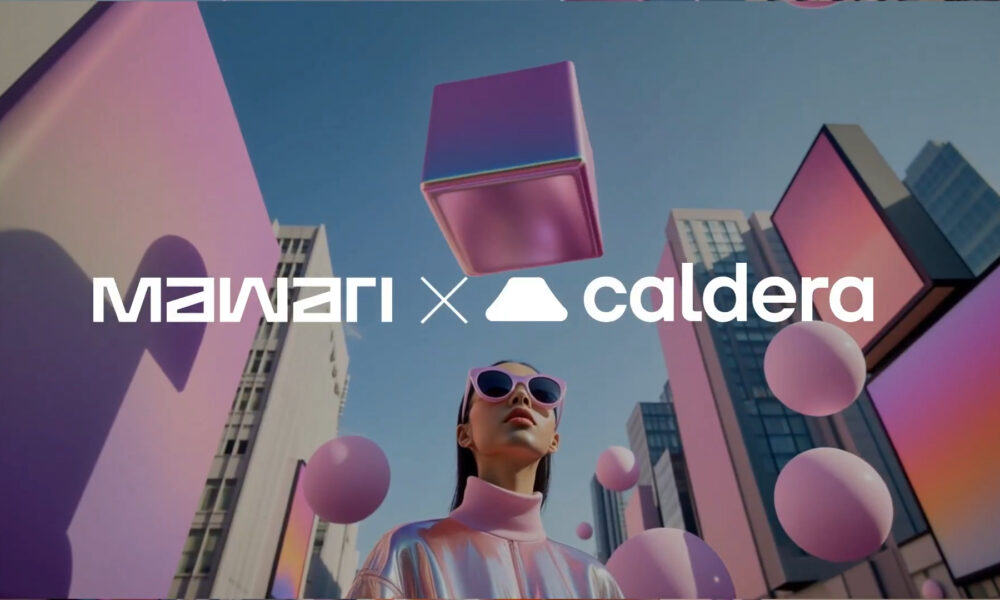Smart contact lenses are becoming a battleground for tech innovators. These devices promise to overlay digital information directly onto our vision and even monitor our health, all through something we wear on our eyes. Several players have emerged in this race, each tackling the formidable technical challenges in different ways. From Silicon Valley veterans to new startups in the Middle East, each is vying for an edge – including newcomer XPANCEO.
The best-known contender has been California-based Mojo Vision, which has poured years of R&D into an AR-enabled contact lens. Mojo’s prototype includes a micro-LED display less than 0.5 mm in diameter with 14,000 pixels per inch, along with a tiny ARM-based processor and motion sensors built into the lens. In June this year, Mojo’s CEO even became the first person to wear a smart contact lens prototype in his own eye for about an hour. That demo showed text and simple graphics visible to the wearer — a milestone for the field. Mojo’s approach packs a lot of hardware onto the lens itself, including a microscopic battery to power it all. This all-in-one strategy is daunting, and the company has yet to announce a timeline for consumer release.
Meanwhile, big tech also explored the health side of smart lenses. Google’s life sciences arm announced a contact lens project with Novartis to measure glucose in tears for diabetics, but that effort stalled amid scientific hurdles (tear glucose didn’t reliably reflect blood sugar). Other firms like Sensimed turned to contact lenses purely for medical sensing, such as continuous eye pressure monitors for glaucoma patients. Those products showed it’s possible to gather health data from a lens, but they offered no augmented reality features. The holy grail remains a single lens that can do both AR display and health sensing.
Other startups like InWith have also touted AR contact lens prototypes, but so far have shown few concrete results.
Enter XPANCEO, a Dubai-based startup founded in 2021, which is taking a different tack. Rather than focusing on AR or health alone, XPANCEO is developing both: a miniaturized AR display alongside on-lens biosensors. Its prototype uses an ultra-small projector to beam images onto the retina and embeds sensors to monitor metrics like intraocular pressure. Crucially, XPANCEO avoids putting any battery on the eye – a key differentiator from Mojo’s approach. The lens instead receives power wirelessly from a nearby portable device. “We keep heavy processing and power off the eye,” explains Deniss Klopotovkis, XPANCEO’s Head of Engineering. “That way the lens stays ultralight, with just the essentials onboard.”
XPANCEO also employs advanced materials – flexible, transparent electronics only nanometers thick – to integrate components without adding bulk. XPANCEO internally built and tested seventy successive lens prototypes in 2023 alone, a rapid-fire iteration schedule that outpaced its more capital-heavy competitors.
No company in this space has a product on the market yet. Analysts estimate that fully functional AR contact lenses are still several years and clinical trials away. But XPANCEO’s emergence with a cross-disciplinary strategy could shake up the status quo. By bridging visual tech and health tech, this upstart has put itself on the map alongside far bigger players. The race to the smart lens appears to be wide open — and XPANCEO is one to watch.





























